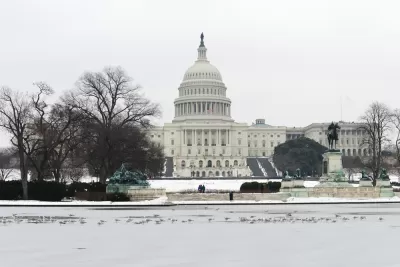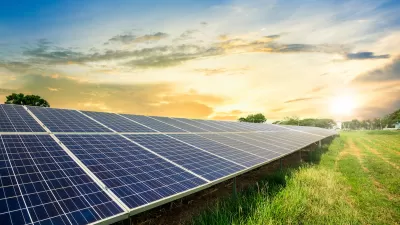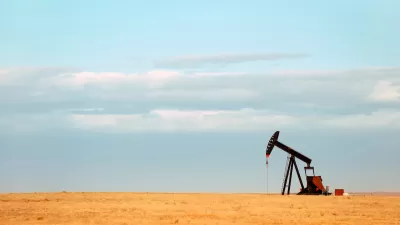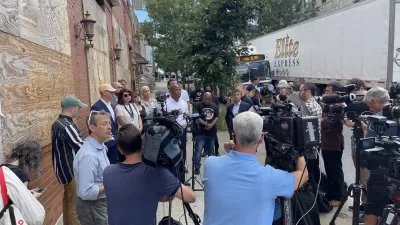2022 was full of historic legislative accomplishments on climate policy. 2023 is unlikely to achieve the same significance, though the changing climate demands more of the same.

An article by Maxine Joselow for the Washington Post previews the year to come in a critical moment for U.S. climate policy.
Before previewing the coming year, Joselow sets the stage with a recap of a momentous year in U.S. climate policy, which included a slew of unprecedented achievements, headlined by the adoption of the nation’s largest ever climate bill, the Inflation Reduction Act.
As for what to watch in 2023, Joselow predicts the following, with more detail included in the sources article below:
- Climate policy action will shift from the federal government to the states with Republicans in control of the House of Representatives and democrats with new trifectas in state governments. States that could potentially enact broad climate policies in 2023 include Maryland, Massachusetts, Michigan, and Minnesota, according to the article.
- Federal agencies will struggle to enact portions of the Inflation Reduction Act and the Infrastructure Investment and Jobs Act. Examples from the Treasury Department, the U.S. Environmental Protection Agency, and the Energy Department are cited. Unmentioned is a controversial decision by the Government Accountability Office to enforce a memo by the Federal Highway Administration as a rule.
- The U.S. Environmental Protection Agency will “race” to finalize critical climate rules, such as a “self-imposed March deadline for proposing new greenhouse gas rules for power plants.”
More detail on each of these three trends can be found in the source article below.
FULL STORY: 3 trends to watch in U.S. climate policy in 2023

Trump Administration Could Effectively End Housing Voucher Program
Federal officials are eyeing major cuts to the Section 8 program that helps millions of low-income households pay rent.

Planetizen Federal Action Tracker
A weekly monitor of how Trump’s orders and actions are impacting planners and planning in America.

Ken Jennings Launches Transit Web Series
The Jeopardy champ wants you to ride public transit.

‘Smart Surfaces’ Policy Guide Offers Advice for Building and Maintaining Urban Tree Canopies
Healthy, robust tree canopies can reduce the impacts of extreme heat and improve air quality.

New Jersey Lawsuit Targets Rent-Setting Algorithms
The state of New Jersey is taking legal action against landlords and companies that engage in what the state’s Attorney General alleges is illegal rent fixing.

Washington Legislature Passes Rent Increase Cap
A bill that caps rent increases at 7 percent plus inflation is headed to the governor’s desk.
Urban Design for Planners 1: Software Tools
This six-course series explores essential urban design concepts using open source software and equips planners with the tools they need to participate fully in the urban design process.
Planning for Universal Design
Learn the tools for implementing Universal Design in planning regulations.
Heyer Gruel & Associates PA
Ada County Highway District
Institute for Housing and Urban Development Studies (IHS)
City of Grandview
Harvard GSD Executive Education
Toledo-Lucas County Plan Commissions
Salt Lake City
NYU Wagner Graduate School of Public Service





























